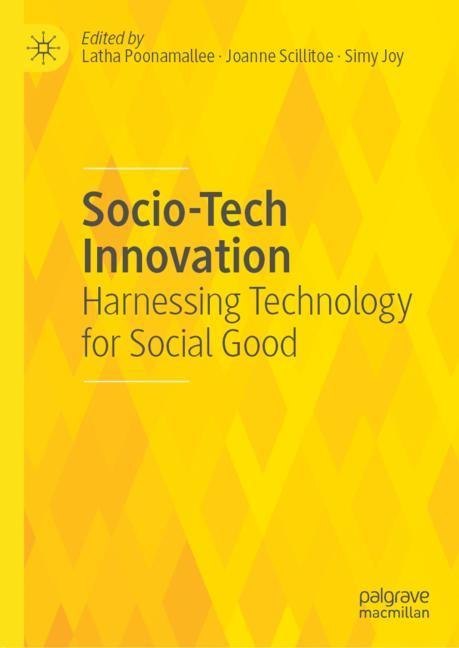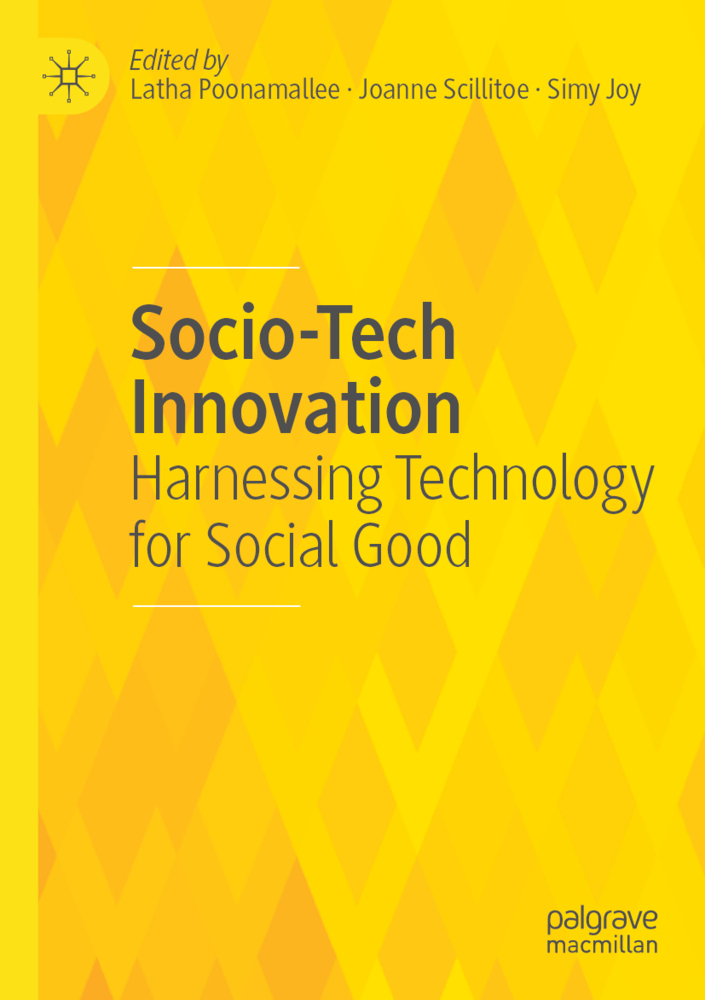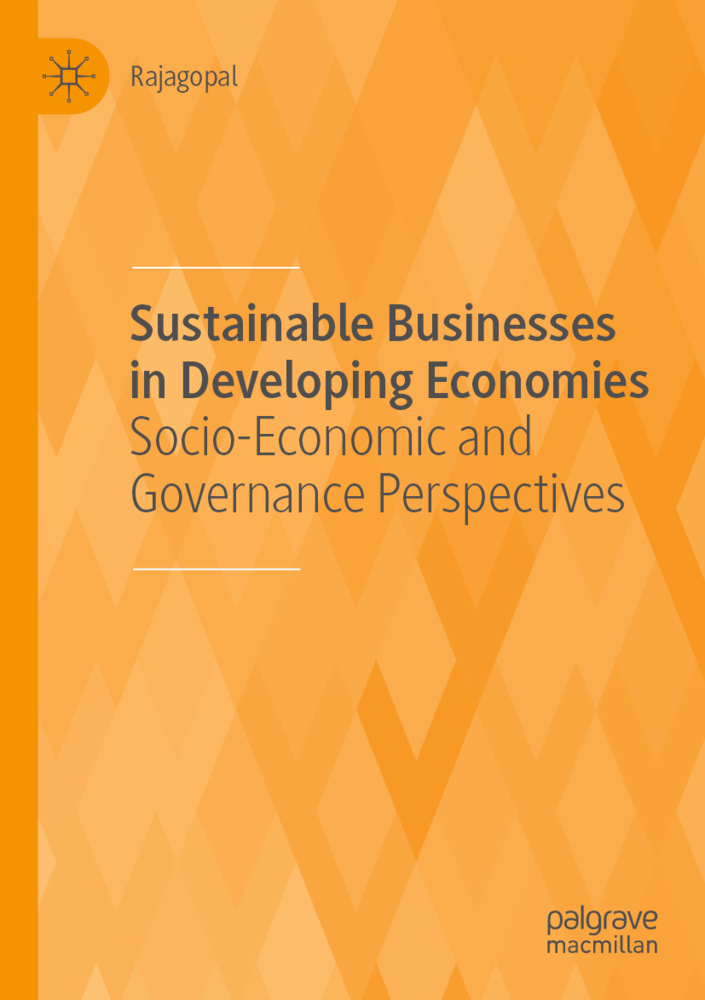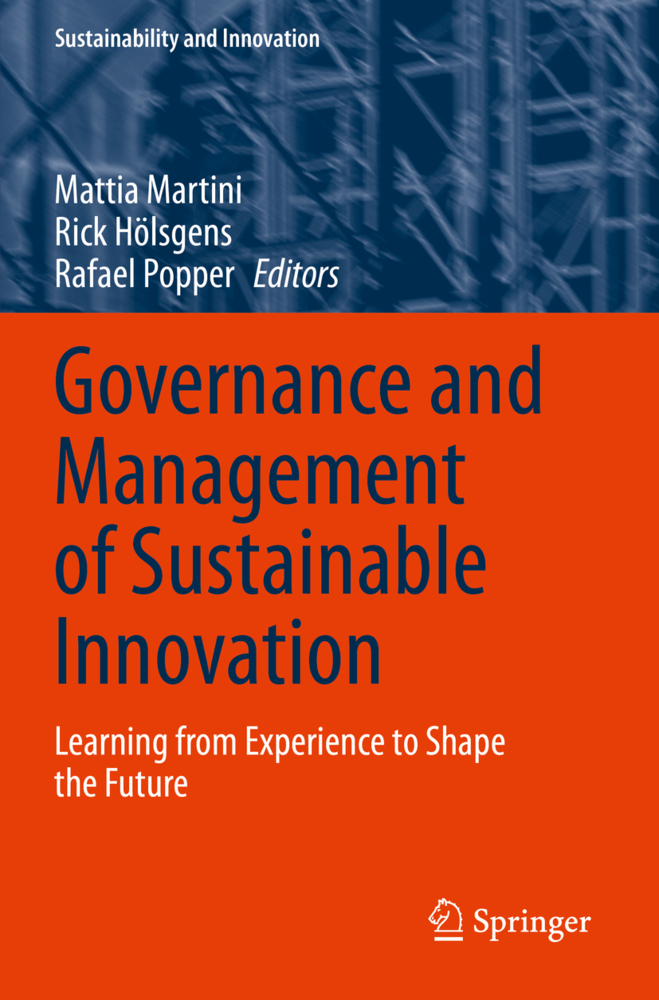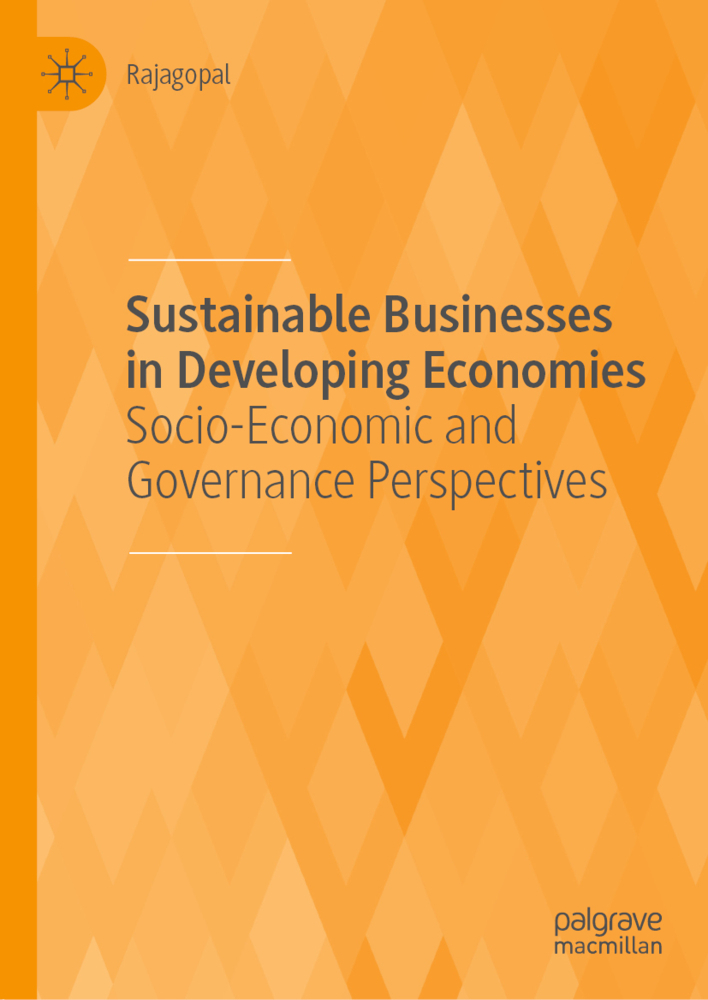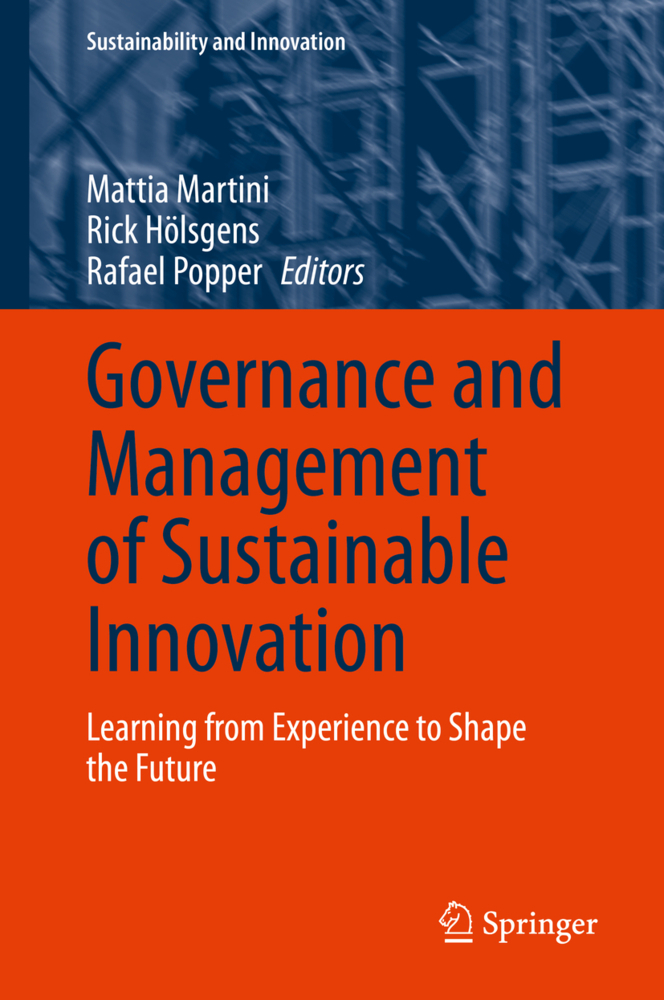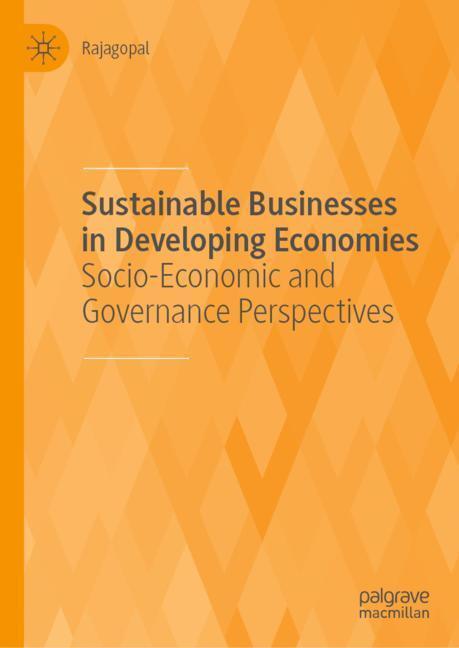Socio-Tech Innovation
Harnessing Technology for Social Good
This book defines socio-technological innovation and lays out different aspects of technology innovation and adoption literature as applied to socio-tech innovation and entrepreneurship. Socio-tech innovation refers to novel solutions that involve development or adoption of technological innovations to address social and/or environmental problems with a view towards creating benefit for the larger whole rather than just for the owners or investors. Unlike conventional technological innovation, socio-tech innovation either develops a product specifically for underserved markets and adopts a model in which the market is not an afterthought but the rai-son d'etre. Social ventures have not been as successful in scaling up, though technology innovation-led ventures have; therefore, meaningful actionable insights that can help social ventures scale up successfully can be gleaned by this process. This book offers researchers in innovation and entrepreneurship programs a unique and interdisciplinary approach to studying social innovation that is grounded in technology innovation. This book features a series of socio-tech venture cases that illustrate these dynamics and can be used in undergraduate and graduate courses.
Latha Poonamallee is Associate Professor and Chair of Management & Social Innovation at The New School, USA.
Joanne Scillitoe is the inaugural Paul Jennings Chair in Entrepreneurship and a Professor of Management at California State, Northridge, USA.
Simy Joy is a Research Fellow at the Indian Institute of Management, Kozhikode, India.
Latha Poonamallee is Associate Professor and Chair of Management & Social Innovation at The New School, USA.
Joanne Scillitoe is the inaugural Paul Jennings Chair in Entrepreneurship and a Professor of Management at California State, Northridge, USA.
Simy Joy is a Research Fellow at the Indian Institute of Management, Kozhikode, India.
1; Acknowledgements;6 2; Contents;8 3; Notes on Contributors;11 4; List of Figures;23 5; List of Tables;25 6;1 Introduction: Socio-Tech Venturing-Theoretical Lens of Key Areas of Complexities;26 6.1;References;35 7;2 Harnessing Power at the Edge: A Case of MBISSA Energy Systems, a Socio-Tech Venture from Africa;39 7.1;Introduction;39 7.2;Genesis;40 7.3;Product Iterations;41 7.4;Incubator Affiliation and Venture Fund Pipeline;42 7.5;Friends, Collaborators, and the Team;43 7.6;Impact Measurement;44 7.7;Competition;45 7.8;Cameroon and the Context of Energy;46 7.9;Way Forward;48 7.10;Brief Teaching Note;48 7.11;Learning Outcomes from the Case;48 7.12;Teaching Outcomes;49 7.13;Background Readings;49 7.14;Assignment Questions;49 7.15;Case Analysis Process;50 8;3 How Technology Led to the Empowerment of Women Lenders and Borrowers;52 8.1;History of Grameen America;52 8.2;Funding Gap for Small Business Women Entrepreneurs;54 8.3;Moving from Paper-Based to Cashless, Mobile Banking;56 8.4;Task Force;58 8.5;New System Benefits;61 8.6;Organizational Efficiency;63 8.7;Current Challenges and Future Opportunities;68 8.8;Conclusion;71 9;4 The Vanishing Blue Gold-An Old Problem, a New Technology and a Big Idea-Clensta International;74 9.1;Introduction;74 9.2;The Clensta Story;77 9.2.1;Team Clensta;79 9.3;Partnering with Indian Institute of Technology (IIT), Delhi;80 9.3.1;Conceiving Waterless Products;82 9.4;Association with the Nexus Incubation Program;83 9.4.1;Launching Clensta Body Bath and Shampoo;83 9.4.2;Finding a Place in the Retail Sector;84 9.4.3;The Clensta Distribution Model;85 9.4.4;Reaching Out to Customers;86 9.4.5;World Startup Factory and Global Reach;87 9.5;Roadblocks and Challenges;88 9.5.1;Myriad Applications, Happy Customers, and Accolades;89 9.5.2;Future Plans;91 9.6;Conclusion;91 9.7;Discussion Questions;92 9.8;References;92 10;5 The Elusive Model of Technology, Media, Social Development, and Financial Sustainability;95 10.1;Introduction;95 10.2;Strategic Challenges of Running an Enterprise;96 10.3;Organizational Orientations for Financial Sustainability;104 10.3.1;Context of Impact Investing and a Market-Driven Approach;104 10.3.2;Role of Philanthropy;107 10.3.3;Government Support for Media Platforms;110 10.4;Reflections for the Future;111 10.4.1;Unanswered Questions-The Financing of Media;112 10.4.2;To Choose One Path or Not;113 10.4.3;Why Does the World Need Different Kinds of Enterprises?;113 10.5;Discussion Questions;116 10.6;References;118 11;6 Napify: A Case of Social Innovation and Market Value Capture;125 11.1;Dilemmas of a Privately Driven Public Service: An Introduction;125 11.2;Napify: Rewarding You for Living Outside the Screen;128 11.3;A "Lean" Organization;128 11.4;A Team Willing to Play Roles;130 11.5;The Story of a Social Mission;131 11.6;The Evaluation of Social Success;134 11.7;The Struggle for Value Capture;135 11.8;Irresponsible Smartphone Usage: A Sizeable Problem?;137 11.9;A Business Model for the Social Mission;140 11.10;A Social Mission-Driving Business or a Market-Oriented Social Organization?;142 11.11;Discussion Questions;144 11.12;References;146 12;7 Technology and Tenacity in Rural India;148 12.1;Introduction;148 12.2;The First Phase;149 12.2.1;The Birth of Sanjivani Engineering College;151 12.2.2;Anniversary and the Original Dream;152 12.3;The Second Phase;154 12.4;Rural BPO Outsourcing Business;155 12.5;The Early Success;157 12.6;The Challenges in Sustaining the Center;158 12.7;The Road Ahead;161 12.8;Discussion Questions;162 13;8 Saving Little Lives Through Bempu TempWatch;165 13.1;Introduction;165 13.1.1;Founder's Background;167 13.1.1.1;Bempu Story;169 13.2;Discussion Questions;181 13.3;References;181 14;9 AgriApp: Enabling Social Change Through Technology;183 14.1;Case Synopsis;183 14.2;Learning Outcomes from the Case;184 14.3;Idea Generation;184 14.4;Criyagen Promoted the Tech Venture, AgriApp Technologies Pvt Ltd;185 14.5;Functions of Agri app;187 14.6;Market Price Prediction (MPP) Mo
Poonamallee, Latha
Scillitoe, Joanne
Joy, Simy
| ISBN | 9783030395544 |
|---|---|
| Artikelnummer | 9783030395544 |
| Medientyp | E-Book - PDF |
| Copyrightjahr | 2020 |
| Verlag | Palgrave Macmillan |
| Umfang | 332 Seiten |
| Sprache | Englisch |
| Kopierschutz | Digitales Wasserzeichen |

